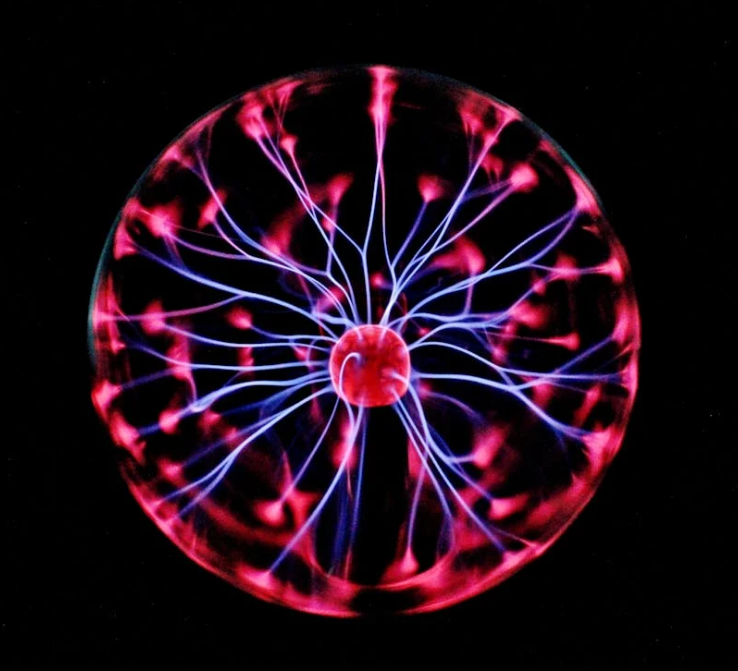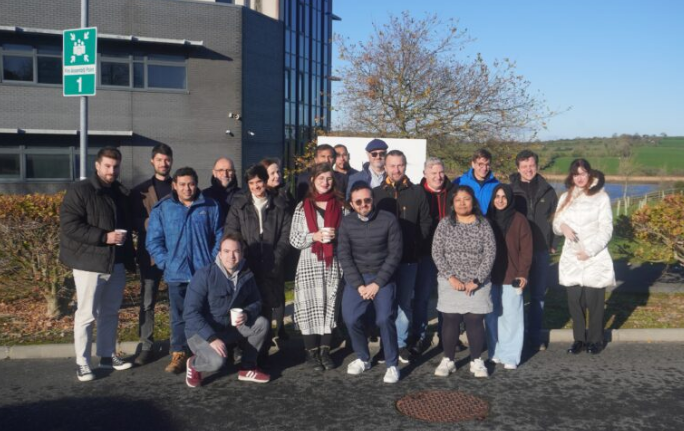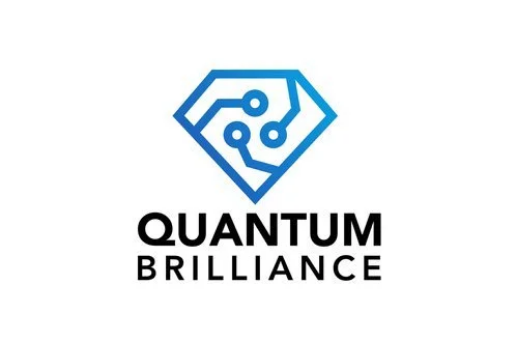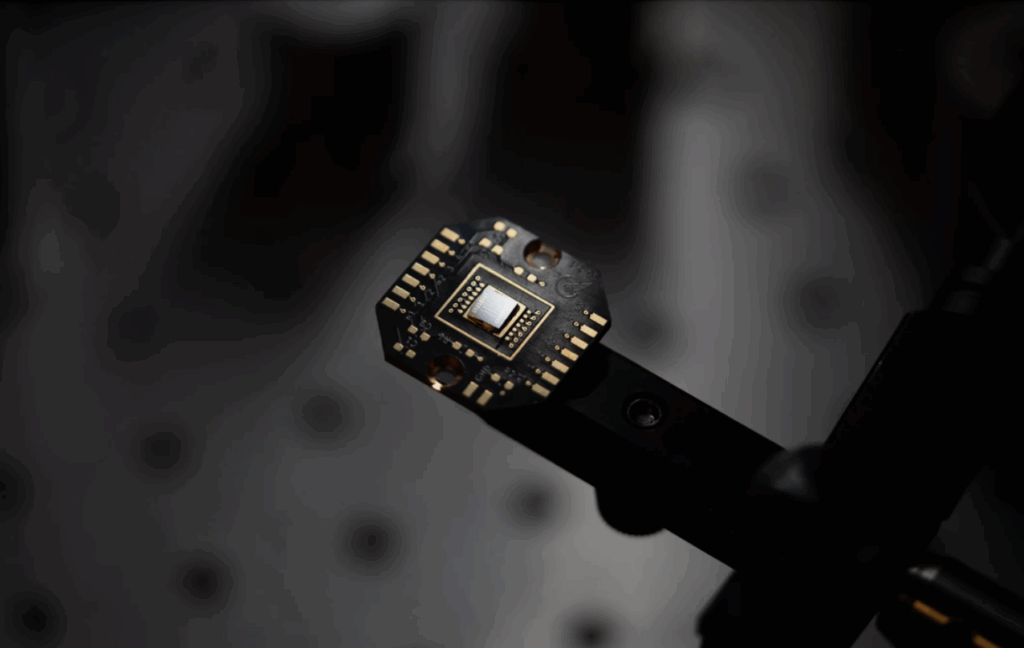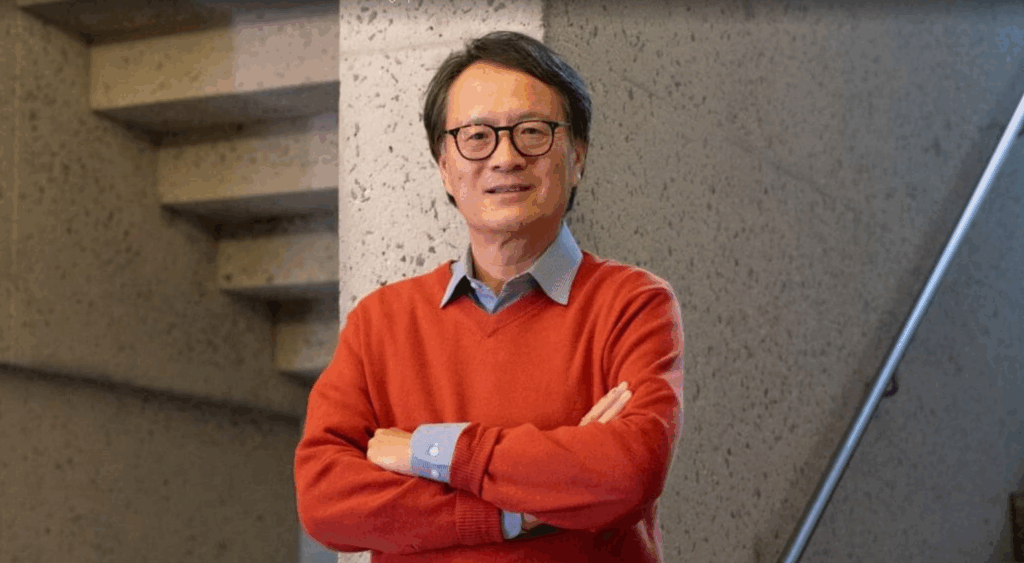Insider Brief
- Cisco has unveiled a prototype quantum entanglement chip and opened a dedicated quantum lab, advancing its strategy to build foundational infrastructure for the quantum internet.
- The entanglement chip operates at room temperature, supports standard telecom wavelengths, and generates up to 200 million entangled photon pairs per second.
- Cisco’s roadmap includes developing a full-stack quantum networking architecture with components like a distributed compiler, entanglement protocols, and post-quantum cryptography integration.
Cisco has launched a research prototype for a quantum networking chip and opened a new dedicated quantum lab, marking its formal entry into quantum networking and positioning itself as a foundational infrastructure provider for the future quantum internet.
According to a company blog post by Vijoy Pandey, Senior Vice President of Outshift by Cisco, the new Quantum Network Entanglement Chip and the opening of Cisco Quantum Labs in Santa Monica are key milestones in a long-term strategy to overcome the scalability limitations of today’s quantum processors. The aim is to replicate for quantum computing what Cisco once did for the classical internet: build the network fabric needed to scale early systems into transformative technologies.
“Just as Cisco helped build infrastructure for the internet, we’re now creating quantum networking technology that will be the foundation for the quantum internet, making quantum computing practical years ahead of current timelines,” writes Pandey. “Our approach could accelerate impactful quantum computing and networking applications from decades away to just 5-10 years.”

Addressing the Quantum Scaling Problem
Despite rapid advances in quantum hardware, most processors today operate with only a few hundred qubits—far below the millions needed for practical applications such as complex drug discovery or optimized supply chain logistics, according to the post. Pandey writes that even the most optimistic projections only anticipate a few thousand qubits per processor by the end of the decade.
To bridge this gap, Cisco argues that quantum networks — not larger standalone machines — will provide the fastest and most practical path to scalable quantum computing. Drawing parallels to the history of classical computing, the company believes that distributed quantum data centers, where smaller processors are linked together, will replace the dream of a single monolithic quantum computer.
This strategy supports a broader ecosystem, allowing quantum processor companies to focus on chip development while relying on Cisco’s networking infrastructure to interconnect systems.
Inside the Entanglement Chip
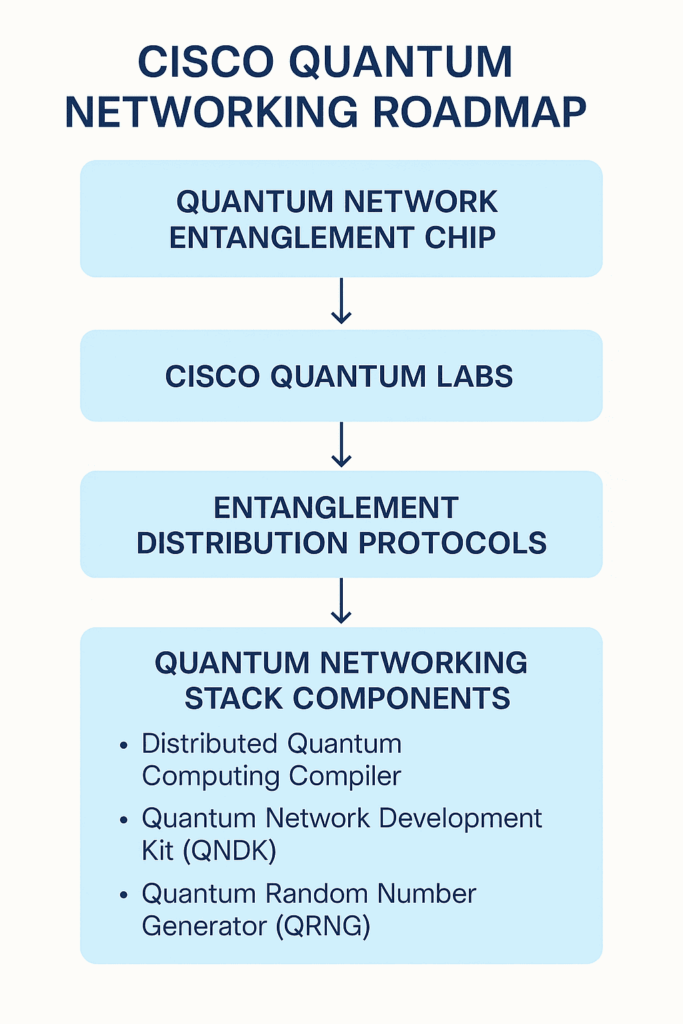
At the core of Cisco’s technical advance is its prototype quantum entanglement chip, developed in collaboration with researchers at UC Santa Barbara. The chip generates entangled photon pairs—particles of light whose states are linked no matter how far apart they are. These pairs are key to enabling quantum teleportation, the basis for secure communication and distributed quantum processing.
Unlike other solutions requiring specialized environments, Cisco’s chip operates at room temperature, consumes less than 1 milliwatt of power, and is miniaturized into a photonic integrated circuit. It produces up to 200 million entangled pairs per second, with high fidelity, and works over standard telecom wavelengths, allowing it to run on today’s optical fiber infrastructure.
This compatibility with existing systems makes it a candidate for near-term deployment, both in future quantum data centers and for enhancing classical networks with quantum-secured features.
The Santa Monica Lab and Quantum Networking Stack
Cisco’s new Quantum Labs facility in Santa Monica will serve as a hub for building out the remaining pieces of the quantum networking puzzle. Pandey wrote that teams at the lab are developing tools ranging from entanglement distribution protocols to a distributed quantum compiler, a quantum network development kit, and a random number generator based on quantum vacuum fluctuations.
He writes: “While today marks the formal opening of the Cisco Quantum Labs facility in Santa Monica, our team has been developing fundamentals of the quantum networking stack for years. The lab serves as a facility where our researchers can experiment with quantum networking solutions that bridge both theoretical concepts and practical implementation.”
These components are being assembled into a full-stack architecture described in a recent technical paper published on arXiv, which lays out the blueprint for quantum data center infrastructure. (Here’s a summary story for a general audience here.)
Pandey said that Cisco’s goal is to integrate these innovations into a coherent framework that supports distributed computing, sensing, and secure communication over quantum networks.
A Two-Track Strategy: Quantum and Classical Applications
Cisco’s roadmap includes two distinct but complementary goals. First, the company is building a quantum network for the “quantum world,” linking quantum processors to enable applications in simulation, cryptography, and optimization that cannot be tackled by classical systems alone.
Second, Cisco is developing quantum-enhanced networking for classical systems, aiming to provide practical benefits today through ultra-secure communications, precise time synchronization, and authenticated location tracking. These features could benefit financial services, defense, and telecommunications industries even before large-scale quantum computing becomes viable.
The approach reflects Cisco’s traditional strength in networking. Rather than betting on a particular quantum computing platform — whether superconducting, trapped ions, or neutral atoms — the company is creating a vendor-agnostic backbone that supports all of them.
Looking Ahead
While Cisco has been working on quantum technologies for several years, Pandey’s announcement marks the public unveiling of its integrated vision. By building both hardware and software components and offering open compatibility with different quantum technologies, Cisco seeks to become a central enabler of the quantum era, just as it did during the rise of the classical internet.
Additional components of Cisco’s roadmap will be announced soon, Pandey said, including updates on the integration of post-quantum cryptography across the company’s product portfolio. This work will ensure that classical systems remain secure even as quantum computers evolve.
For a deeper dive, here’s an article on the Cisco team’s recent research paper on the quantum networking strategy.














